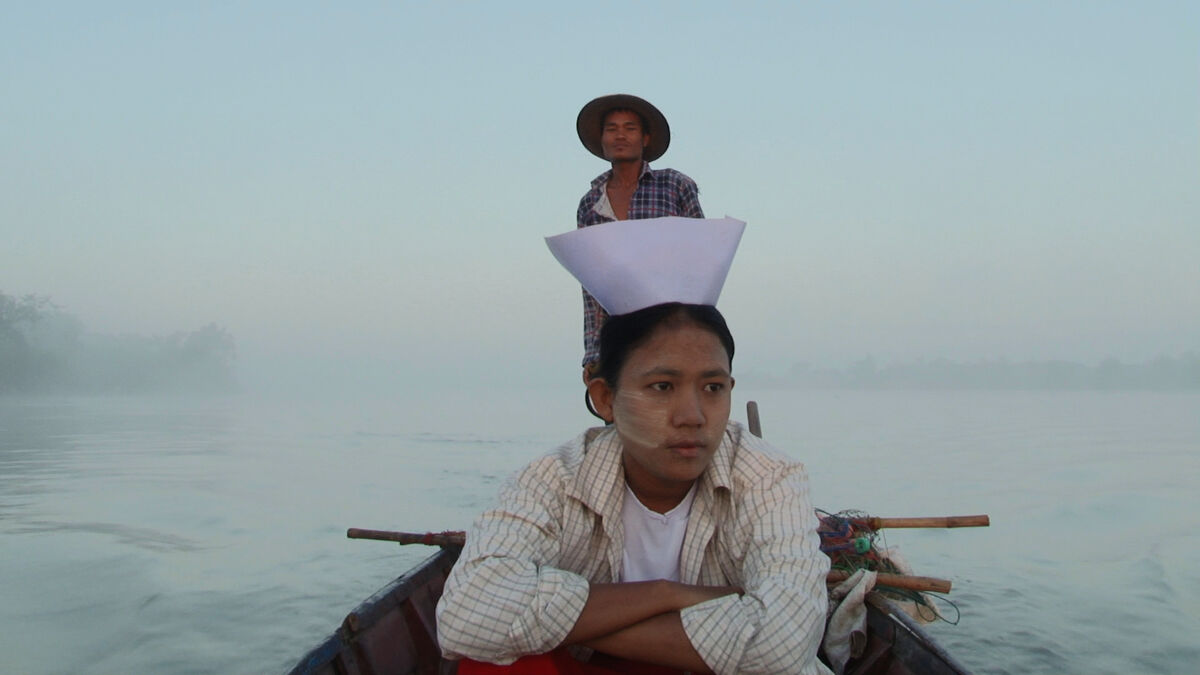Myanmar Midwife
Every year, over one million women give birth in Myanmar, often in very challenging circumstances; in the process, over 2,400 mothers (WHO, 2018) and around 22,000 infants die each year in the first 30 days after the birth (UNICEF, 2019). In addition, many mothers and newborns often suffer from complications that can last a lifetime. Behind these figures lie the tragic stories of mothers and their children who, if they had only had access to a skilled birth attendant and a better basic knowledge about health, would have survived.
Births often take place without professional obstetric intervention and mainly at home, where the risks from complications and infections are highest. In a village setting, many women from the surrounding area become involved in the birth and provide support to the expectant mother. Women usually give birth lying flat on their backs with other women sitting around them. Traditional birth attendants play a key role on these occasions. These attendants have a very high status within society and are the first point of contact for expectant mothers. However, they are not recognized as
formal obstetricians by the Myanmar Ministry of Health because they often assist at births without having any recognized training qualifications or further education. They have learned and retained their knowledge over generations, and this can often include dubious practices. Nevertheless, they are very important in a country like Myanmar which lacks well-trained health professionals.
“They’re expected to do everything: primary
health care, ante and postnatal care, pediatrics, delivering babies,
collecting health data. Rural healthcare providers joke that the midwife
does everything except have the baby,” said Dr. Vit Suwanvanichkij.
“They are so incredibly busy, underappreciated and underpaid for the
essential services they are tasked with providing.” (Michaels, 2013)
About 80% of births in Myanmar take place at home, the remaining 20% of
women give birth in a hospital, provided they can reach it in time.
Hospital births are usually the most complicated cases and are overseen
by a doctor or head nurse. For this reason, a large number of midwives
have no practical experience in obstetrics after completing their
training. There are international efforts to identify and improve these
shortcomings, but this is a very difficult and lengthy process. In the
meantime, the length of midwifery training courses has now increased to
two years but this is still below the three years recommended by the
International Confederation of Midwives (ICM).
:
One
Year Later (8’59”) from
the documentary „Myanmar Midwife“ (2013)
The Power of Documentaries
Each midwife and nurse has a story to tell. They are with patients at birth and at death, they share in the most joyful and saddest of moments, they help patients to get through highly traumatic situations and to get on with their lives. And sometimes, they sit with patients while they are dying, providing comfort and solace in the last moments of life.
It is a given that films have the capacity to influence people and give them new perspectives. By telling the true stories of real people, documentaries can play an important role in helping audiences to make the connection between broader issues or ideas and actual people’s lives.
Unlike most news reports and social media, documentary storytelling can pull audiences into an immersive experience, taking the time to build a deeper empathy or understanding. They can tell stories about the lives of real people in ways that will help audiences to make connections between ideas or issues that may otherwise seem abstract. The audience can often be changed by the experience. That’s why a documentary film, especially when it is used strategically, has the capacity to encourage people to engage with an issue and take action.
Filmmakers can support policy recommendations by introducing new narratives, voices and information to a wider audience so that policy can be understood in a new light. They can create cultural moments, or tie storytelling into such moments, and hence open up opportunities for people to make new connections. And this collective energy can also open up the space for change to take place, creating a snowball effect for more stories to be told and heard, and to encourage people who have the will to seize the moment.
This year, the World Health Organization launched a Health for All Film Festival with the aim of recruiting a new generation of film and video innovators to champion and promote global health issues. The festival is also intended to promote the International Year of the Nurse and the Midwife and to highlight the tremendous work they do in their communities.
Video: The Nigerian Midwives Risking their Lives Caring for Women Living in Makeshift Camps
|
Myanmar Midwife (43'30'') 2013
Synopsis: Myanmar Midwife takes an eye-opening look at the situation for trained midwife Daw Nweni. Cho, who serves seven villages with a total population of 2,760 people in the Yangon River delta two hours to the north-east of the country's former capital, Yangon.
Credits: Director: Khin Myo Myat | Producer and Facilitator: Carine Weiss | Camera: Tin Win Naing, Soe Kyaw Tin Tun | Sound: Nu Nu Hlaing, Sai Nyi Nyi | Editor: Regina Bärtschi, Thet Su, Hlaing | Editing Mentor: Regina Bärtschi
The documentary includes “One Year Later” and can be purchased by emailing Carine Weiss
|
References








